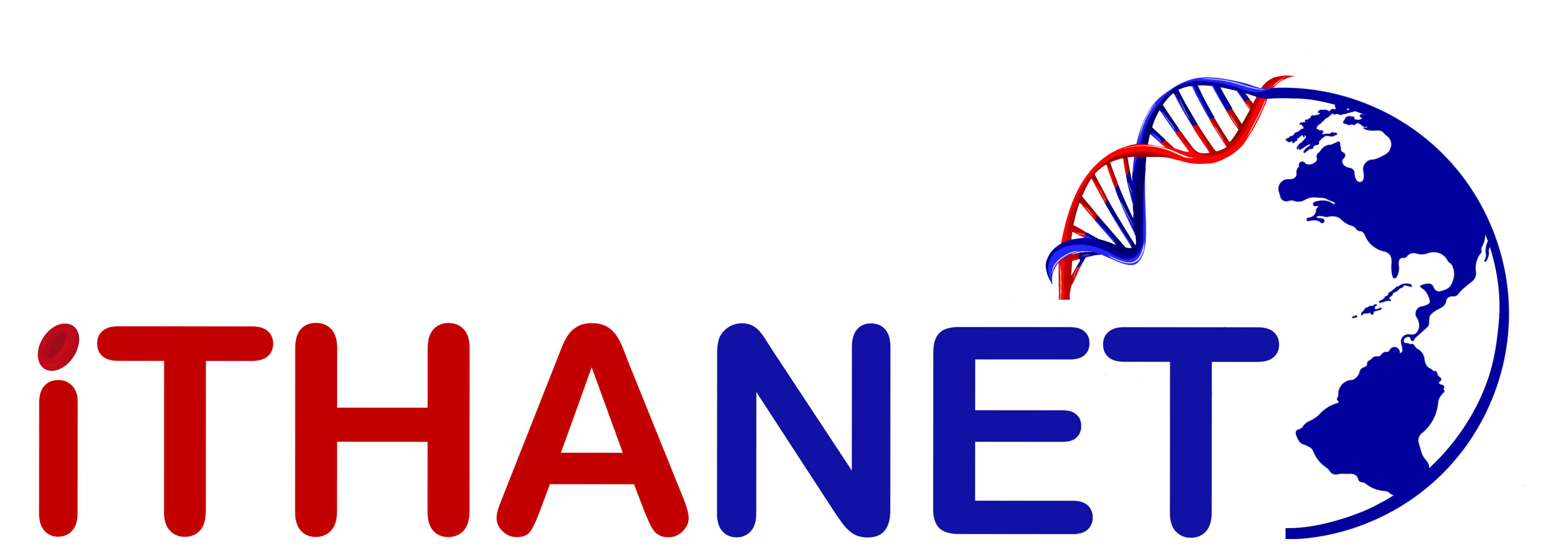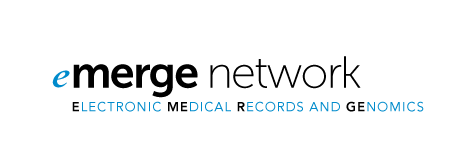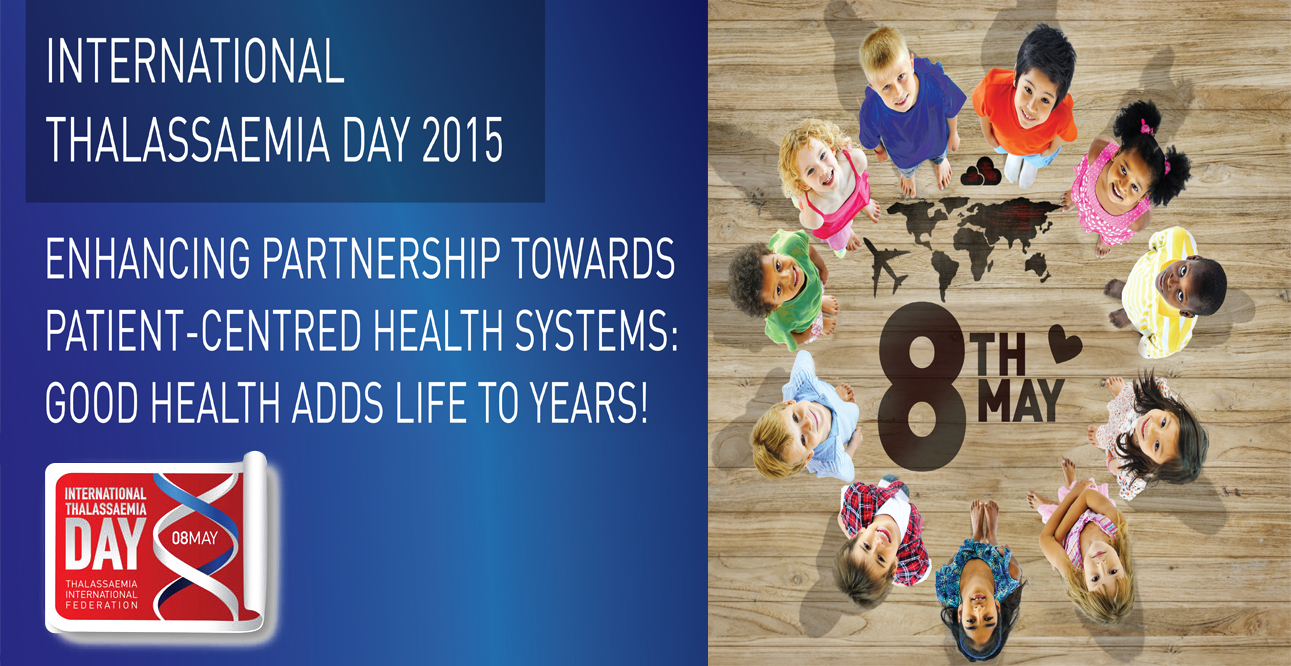
A WHO report, entitled "Access to new medicines in Europe: technical review of policy initiatives, opportunities for collaboration and research", illustrates the challenges faced by the national health systems in the WHO European Region where only a handful of countries are able to appraise the cost–effectiveness of new drugs. The report makes a special mention of orphan drugs as well as the cross border initiatives benefiting rare disease patients.
This study furnishes information on the methods used by the health authorities of 27 European countries when dealing with high spending on new medicines. The report emphasises that there is a lack of transparency in the process of negotiating the prices of drugs between the governments and the pharmaceutical companies. Additionally the supply and prices of new medicines are often fixed in framework agreements between governments and pharmaceuticals.
The report outlines possible policy directions and choices that may help governments to reduce high prices when introducing new drugs and recommend strengthening collaboration and transparency in policy-making as well as cooperation between governments, regulators and drug companies. Particular focus is given to chronic care, specialty medicines and rare diseases (orphan drugs).
More information: WHO report, OrphaNews





